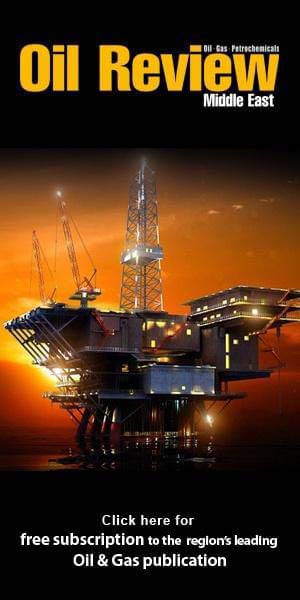
The residential sector continues to lead the Kingdom’s construction activity. (Image source: dmg events)
Saudi Arabia’s Western region is driving a construction pipeline worth US$692bn, accounting for 55% of the Kingdom’s US$1.25tn development plan, according to Knight Frank.
The region, led by Jeddah, is seeing projects of unprecedented scale that are reshaping its skyline and positioning it at the centre of Saudi Arabia’s Vision 2030 transformation.
Saudi Arabia’s construction output reached US$141.5bn in 2023, up 4.3% from the previous year, and is forecast to hit US$181.5bn by 2028, making it the largest construction market globally.
In Jeddah, landmark developments include Jeddah Central, a US$19.9bn coastal redevelopment featuring a marina, beaches, museums, a stadium, and 2,700 hotel rooms; Jeddah Tower, set to surpass 1 km in height and become the world’s tallest building; and the restoration of UNESCO-listed Al-Balad.
Additional mega projects such as Jeddah Cove and Airport City further highlight the city’s diverse blend of heritage, commerce, leisure, and infrastructure.
The residential sector continues to lead the Kingdom’s construction activity, accounting for US$43.5bn, or 31% of output in 2023, with projections to reach US$56.9bn by 2028.
Power and utilities follow closely, valued at US$35.1bn in 2023 and expected to rise to US$46.5bn by 2028.
This scale and diversification reflect the breadth of opportunity across the construction ecosystem, opening doors for both local and international companies.
The Western region’s construction boom is also spurring new demand for advanced technologies, expertise, and sustainable practices.
With projects on a scale never seen before in the Kingdom, companies are positioning themselves to align with Vision 2030 objectives, tapping into opportunities ranging from smart urban design and digital construction to offsite solutions and renewable energy integration.
Industry leaders, investors, architects, engineers, and developers are increasingly turning their focus towards Jeddah, where rapid urbanisation and large-scale developments are fuelling demand for cutting-edge products and services.
Amidst all this, Jeddah Construct is to return to the city from 28-30 September.
Jeddah Construct, the largest construction gathering in Saudi Arabia’s Western Province, serves as a vital meeting point for industry professionals, offering three days of networking, business opportunities and knowledge sharing. By drawing influential decision-makers and highlighting top manufacturers and suppliers, the event has become a key destination for those looking to engage with Jeddah’s fast-growing construction sector.
“Jeddah Construct reflects the scale and ambition of the construction market in Saudi Arabia’s Western Province. With significant investment concentrated in the region, the event offers a strategic setting for companies to connect with industry leaders, present their solutions and explore opportunities aligned with the Kingdom’s Vision 2030 objectives,” said Muhammed Kazi, senior vice president – construction at dmg events. “It is an environment where the market’s ambitions for growth and the partnerships shaping its future come together.”








